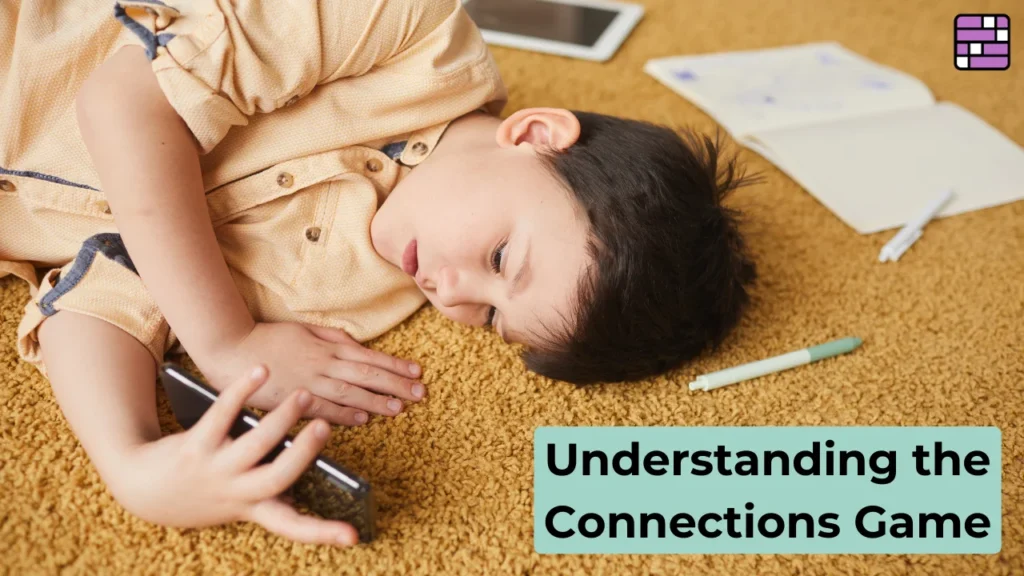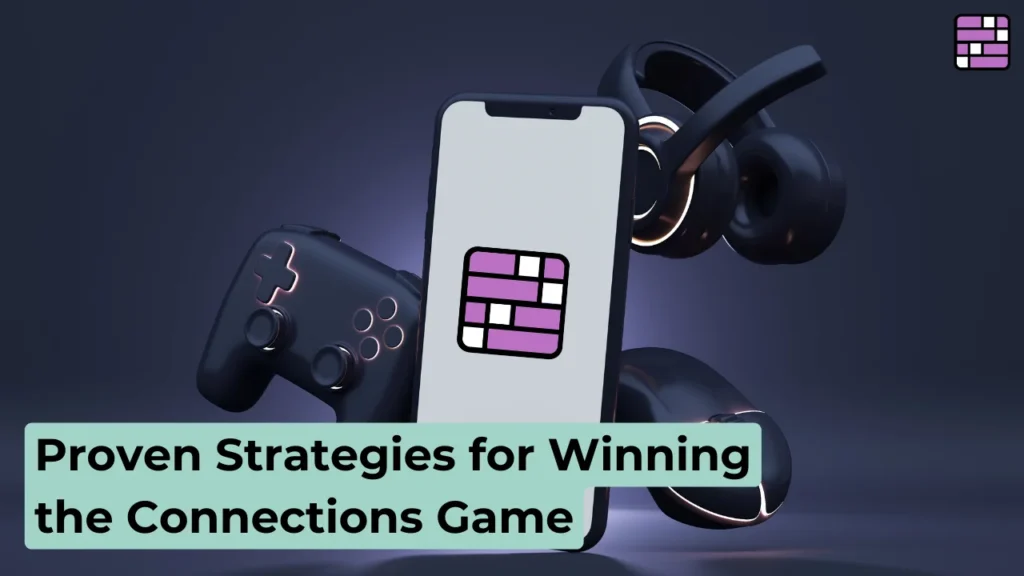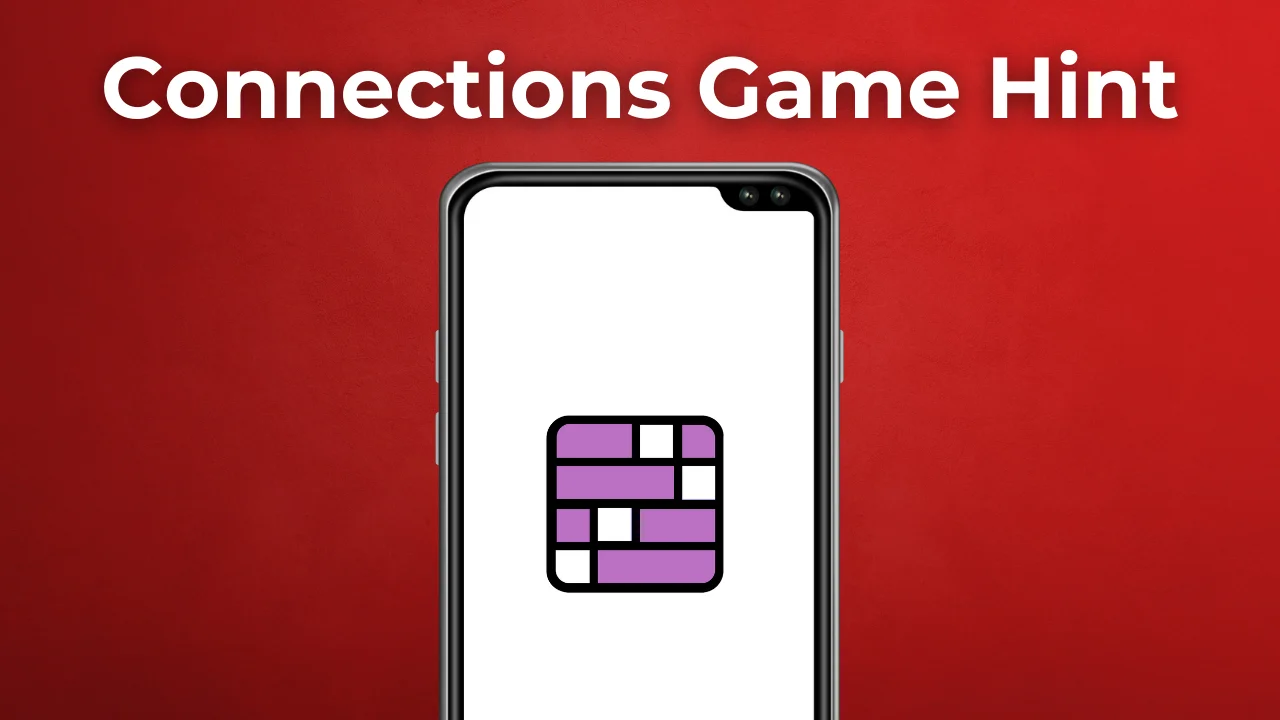Introduction
When The New York Times debuted their “Connections” game in June 2023, it shook up the word puzzle industry. The game displays a 4×4 grid of sixteen words in an effort to gauge players’ pattern recognition and word association skills. The problem? Sorting the words into four sets of four according to their shared meaning. Wordplay, homonyms, and cultural allusions are more involved in some of the connections than in others, but they are still there. If you’re ever stuck, a NYT Strands Hints can point you in the right direction. If you want to have fun and succeed at the game, this article has some tips and tricks from the pros that will help you do just that.
Understanding the Connections Game

Learning the rules of Connections is a prerequisite to learning more complex strategies. There are sixteen words in a grid for each puzzle. Finding four sets of four words that all have one thing in common is the objective. Synonyms, themes, or peculiarities in language can form the basis of these classifications. There is a colour-coded system for difficulty in the game:
- The yellow connections are the simplest and most apparent.
- A little trickier, but still identifiable.
- A lot of wordplay or specialised knowledge is required for blue.
The most challenging; special expertise and creative problem solving are required.
Due to the limited number of attempts, players must use strategy and meticulous analysis to form the correct groups.
Proven Strategies for Winning the Connections Game

Think about these tactics to increase your success rate:
Scanning the Grid for Immediate Groupings
A good place to start is by looking for any obvious connections on the grid. Search for frequently used terms, phrases, or words related to a particular subject. In fact, checking Strandshints Today can provide valuable insights and clues. In order to make it easier to deal with the more difficult categories later on, this method aids in identifying the green and yellow ones early on.
Considering Multiple Meanings of Words
Connections often takes advantage of the fact that words can mean different things to different people. A dog’s bark or the bark of a tree are both examples of what the word “bark” can mean. When we are receptive to alternative interpretations, we may find previously unseen clusters.
Recognizing Common Word Associations
You might recognise some of the game’s categories from before. Here are some common themes:
- A few examples of synonyms are “happy,” “joyful,” “cheerful,” and “glad.”
- Sets of related items, such as “Violin,” “Guitar,” “Cello,” and “Bass” (all string instruments), are called categories.
- Homophones are words with similar sounds but distinct meanings; examples include “flour” and “flower.”
Taboos in the use of certain words, sounds, or letters in writing or speech.
Using the Process of Elimination
The remaining words will be fewer once you’ve identified a couple of correct groups, making it easier to spot the last connections. Reconsider the possible connections or meanings of the remaining words if they don’t appear to fit.
Watching for Common Traps and Pitfalls

Mistakes are a common source of difficulty for many players. Here are a few things to keep in mind:
Establishing linkages: Think again about the words if a group isn’t working.
Disregarding puns: In order to solve them, you may need to use phonetics, anagrams, or references to culture.
Isolating oneself excessively: Try to reevaluate the potential meanings of the words if they seem appropriate but aren’t accepted.
Comparing Connections with Other Word Games

It can be helpful for people who are familiar with other word games to know how Connections compares. Let’s take a look at a comparison:
| Feature | Connections Game | Wordle | Crossword Puzzles |
| Objective | Group words based on common traits | Guess a hidden word | Solve clues to fill a grid |
| Difficulty Levels | 4-tiered (Yellow to Purple) | Increases over time | Varies by puzzle |
| Required Skills | Pattern recognition, wordplay | Vocabulary, deduction | General knowledge, vocabulary |
| Replay Value | High | Moderate | High |
For word nerds, Connections presents a new challenge: recognising patterns and associations, as opposed to word-guessing games like Wordle.
How to Solve the Connections Game Puzzle Efficiently
You can increase your chances of success by using a systematic approach. Here is a detailed approach:
Find the Most Glaring Clusters: Locate the simplest connections as soon as possible.
Distil Unfamiliar Phrases: If a word is new to you, try to picture it in a few different settings.
Organise Words Based on Their Meaning: Seek out a fourth word that corresponds if you discover three that fit a category.
Apply the Elimination Procedure: It gets easier to find the last connections as groups are formed.
Keep an Open Mind: If you get rejected as a group, be prepared to reevaluate.
How to Recognize Word Associations More Effectively
The ability to associate words is crucial for success in Connections. Here’s a way to make it better:
- Word connections can be expanded upon by reading a wide range of materials.
- Use of popular culture, historical events, or idioms is relied upon by some groups.
- Word games such as Scrabble and Boggle are great for practicing pattern recognition.
Frequently Asked Questions
1. What is the best strategy for solving the Connections game?
The best strategy is to start by identifying the easiest groupings first. Recognizing common themes, considering multiple meanings of words, and eliminating incorrect options help refine the remaining choices.
2. How can I get better at recognizing word associations?
Improving vocabulary, playing other word games, and practicing with daily Connections puzzles can enhance word association skills.
3. What should I do if I can’t find a connection?
Take a step back and reconsider different meanings of words. Looking for synonyms, categories, and wordplay elements can help unlock tricky connections.
4. Are there common themes in the game?
Yes, many puzzles include themes such as synonyms, homophones, pop culture references, and wordplay-based categories.
5. Can playing Connections improve cognitive skills?
Yes, playing Connections regularly can boost critical thinking, pattern recognition, and problem-solving skills, making it a great brain-training exercise.
Also Read: Strandshints: Today’s NYT Strands Hints
Final Thoughts
A combination of vocabulary, pattern recognition, and strategic thinking is needed to master Connections. You can learn from each puzzle, use tried-and-true methods, and increase your success rate to make the challenge even more enjoyable. Whether you’re just starting out or want to take your game to the next level, these Connections Game Hint tips from the pros on Strandshint will give you the edge you need.

